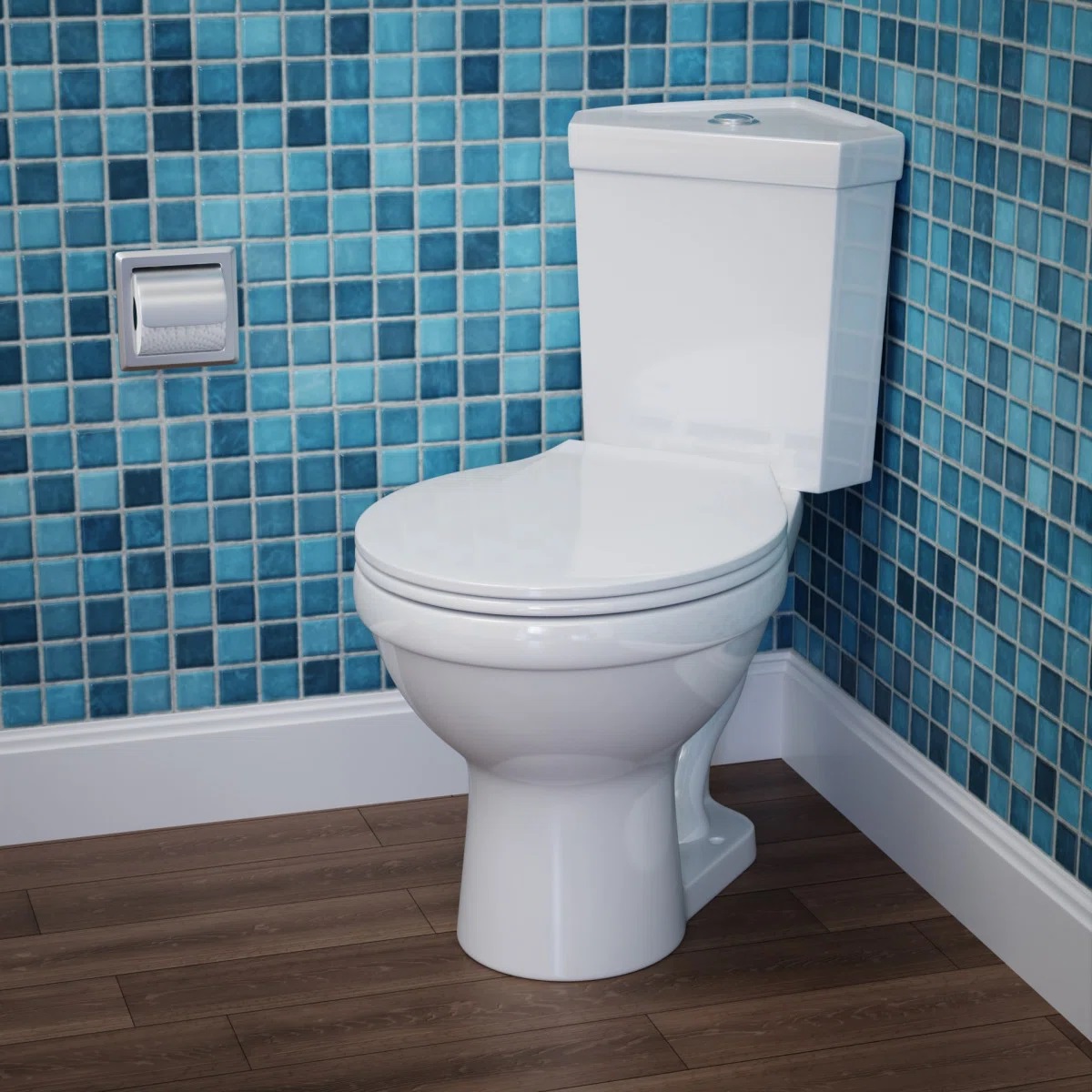

Articles
What Is Watersense Toilet
Modified: August 30, 2024
Discover the benefits of using Watersense toilets and how they can help you save water and money. Read informative articles on Watersense toilets and make an informed decision for your home.
(Many of the links in this article redirect to a specific reviewed product. Your purchase of these products through affiliate links helps to generate commission for Storables.com, at no extra cost. Learn more)
Introduction
In a world where water conservation is becoming increasingly important, finding ways to reduce water usage in our daily lives is crucial. One area where significant savings can be achieved is with our toilets. Traditional toilets often use a large amount of water per flush, leading to unnecessary waste.
This is where WaterSense toilets come into play. WaterSense is a program established by the U.S. Environmental Protection Agency (EPA) to promote water-efficient products and practices. In this article, we will explore what exactly WaterSense toilets are, how they work, their benefits, and how to choose and maintain one.
By making a slight change in your bathroom fixtures, you can contribute to the preservation of our precious water resources without sacrificing functionality and performance in your toilet. Let’s dive in and learn more about WaterSense toilets.
Key Takeaways:
- WaterSense toilets are designed to save water without sacrificing performance, offering benefits such as cost savings, environmental sustainability, and reliable flushing power. Choosing a WaterSense toilet can make a significant impact on water conservation efforts.
- When selecting a WaterSense toilet, consider factors such as flush volume, bowl shape, and dual-flush capabilities. Proper installation and maintenance are essential for optimal performance, ensuring long-term water efficiency and environmental benefits.
Read more: What Is An Elongated Toilet
What is WaterSense?
WaterSense is a voluntary partnership program administered by the U.S. Environmental Protection Agency (EPA). Its primary goal is to promote the efficient use of water and encourage water-saving practices. Through the WaterSense program, manufacturers, retailers, and consumers can make informed choices about water-efficient products and behaviors.
The EPA established WaterSense in 2006 to address the growing water scarcity and conservation challenges across the United States. By promoting water-efficient products and practices, the program aims to reduce water usage, save energy, and protect the environment.
WaterSense focuses on a wide range of products and services, including faucets, showerheads, toilets, irrigation systems, and landscape irrigation. In order to earn the WaterSense label, products must undergo rigorous testing and meet specific criteria for water efficiency, performance, and quality.
WaterSense-labeled products are designed to help consumers reduce their water consumption without sacrificing performance or comfort. These products can save water, energy, and money while also reducing the strain on water supplies and infrastructure.
The WaterSense program also provides useful resources, such as educational materials, tips, and tools, to help individuals and communities make smart water choices. By promoting water-saving behaviors and encouraging the use of WaterSense-labeled products, WaterSense aims to create a sustainable water future for generations to come.
Overall, WaterSense is not just a label or a certification; it is a comprehensive program that promotes water efficiency and conservation in both residential and commercial settings. By choosing WaterSense products and implementing water-saving practices, we can all contribute to a more sustainable and water-efficient society.
WaterSense Toilets: An Overview
WaterSense toilets are specifically designed to reduce water consumption and improve efficiency without compromising functionality. These toilets are an important part of the WaterSense program, as toilets are one of the largest sources of water use in most households.
Traditional toilets typically use around 3.5 to 7 gallons of water per flush, which can result in a significant amount of wasted water over time. WaterSense toilets, on the other hand, use a maximum of 1.28 gallons per flush (GPF) or even less, saving water with every flush.
WaterSense toilets achieve water savings through innovative engineering and design. They incorporate features such as efficient flushing mechanisms, redesigned bowls, and improved trapways to maximize flushing power while using less water.
These toilets go through rigorous testing and certification processes to ensure their water-saving capabilities and performance. WaterSense-labeled toilets must meet strict criteria set by the EPA, including flush volume, bulk removal efficiency, and bowl cleaning performance.
One important aspect of WaterSense toilets is their ability to effectively remove waste. Despite using significantly less water per flush, WaterSense toilets are designed to efficiently remove waste and prevent clogs, providing reliable performance and maintaining cleanliness.
WaterSense toilets also come in a variety of styles and designs, offering consumers a wide range of options to suit their preferences and bathroom aesthetics. They are available in both one-piece and two-piece configurations, with various bowl shapes and sizes to accommodate different bathroom spaces.
Moreover, WaterSense toilets are available with additional features such as dual-flush mechanisms, which allow users to choose between a lower volume flush for liquid waste and a higher volume flush for solid waste. This flexibility further enhances water savings and efficiency.
By choosing WaterSense toilets, individuals can make a significant impact on water conservation efforts. According to the EPA, replacing older, inefficient toilets with WaterSense-labeled models can save the average household up to 4,000 gallons of water per year.
In the next sections, we will explore the benefits of WaterSense toilets in more detail and learn about how they work to achieve water savings without compromising on performance.
Benefits of WaterSense Toilets
WaterSense toilets offer several key benefits that make them an excellent choice for any household or commercial space. Let’s take a closer look at the advantages of using WaterSense toilets:
- Water Conservation: The primary benefit of WaterSense toilets is their ability to significantly reduce water consumption. By using a maximum of 1.28 gallons per flush (GPF) or less, compared to traditional toilets that use much more, WaterSense toilets can save a substantial amount of water every day. This not only helps conserve water resources but also reduces strain on water infrastructure and lowers water utility bills.
- Cost Savings: WaterSense toilets can lead to significant cost savings in the long run. By using less water with each flush, households can reduce their water consumption and lower their monthly water bills. The savings can be especially substantial in areas where water rates are high or in regions experiencing drought conditions.
- Environmental Sustainability: Choosing WaterSense toilets supports environmental sustainability by reducing the demand for water resources. By conserving water, we can help protect ecosystems and ensure a more sustainable future. Additionally, utilizing water more efficiently can also reduce the energy required for water treatment and distribution, resulting in lower carbon emissions and reduced impact on the environment.
- Improved Performance: Contrary to the misconception that low-flow toilets lack power and effectiveness, WaterSense toilets are designed to provide excellent flushing performance while using less water. These toilets undergo comprehensive testing to ensure that they effectively remove waste and maintain cleanliness. With technological advancements and innovative engineering, WaterSense toilets deliver reliable and efficient flushing performance without compromising on functionality.
- Multi-purpose Options: WaterSense toilets come in a range of styles, designs, and sizes to suit different preferences and bathroom configurations. They are available in one-piece and two-piece designs, with various bowl shapes and sizes, allowing users to choose the option that best fits their needs. Additionally, WaterSense toilets may also have dual-flush capabilities, providing users with the flexibility to select a lower or higher water volume flush for different types of waste.
Overall, WaterSense toilets offer numerous benefits, including water conservation, cost savings, environmental sustainability, improved performance, and versatile options. By investing in WaterSense-labeled toilets, individuals can contribute to water efficiency efforts and make a positive impact on both their wallets and the environment.
How WaterSense Toilets Work
WaterSense toilets utilize innovative technologies and design features to achieve water savings without compromising functionality. Here is an overview of how WaterSense toilets work:
Efficient Flushing Mechanism: WaterSense toilets incorporate efficient flushing mechanisms that optimize water usage while ensuring effective waste removal. These mechanisms may include larger flush valves, improved bowl designs, and enhanced trapways. By maximizing the force and velocity of water during flushing, WaterSense toilets can effectively remove waste with less water volume.
Gravity-Assisted Flushing: Most WaterSense toilets use a gravity-assisted flushing system. When the toilet is flushed, the water in the tank quickly enters the bowl under the force of gravity. As the water fills the bowl, it creates a siphonic action that effectively removes waste from the toilet. This mechanism ensures efficient flushing and waste removal even with lower water volumes.
Pressure-Assisted Flushing: Some WaterSense toilets may use pressure-assisted flushing mechanisms. These toilets utilize pressurized air or water from the water supply line to enhance the flushing power. When the toilet is flushed, the pressurized air or water helps to create a strong and forceful flush, ensuring effective waste removal with less water. Pressure-assisted flushing can be especially beneficial in situations where a more powerful flush is required.
Dual-Flush Technology: Many WaterSense toilets offer dual-flush capabilities, allowing users to choose between a full flush for solid waste and a reduced flush for liquid waste. This flexibility provides further water savings as users can select the appropriate flush volume depending on the type and amount of waste. Typically, the reduced flush option uses a lower water volume than the full flush, saving water in situations where a full flush is not necessary.
Smart Design Features: WaterSense toilets often incorporate design features that enhance performance and water efficiency. These may include larger trapways, glazed bowl surfaces, and strategically placed rim holes for efficient water distribution. These design elements ensure that waste is effectively removed, the bowl is thoroughly cleaned, and clogging is minimized, all while using less water.
Third-Party Certification: To ensure the water-saving capabilities of WaterSense toilets, they undergo rigorous testing and must meet specific criteria set by the EPA. Third-party certification organizations evaluate the efficiency, performance, and quality of these toilets. Only toilets that meet the strict criteria for water efficiency, bulk removal, and bowl cleaning performance can earn the WaterSense label.
By incorporating these features and undergoing stringent testing, WaterSense toilets provide reliable and efficient performance while using significantly less water. Users can enjoy the benefits of water conservation, cost savings, and environmental sustainability without sacrificing the flushing power and effectiveness of their toilets.
When looking for a water-efficient toilet, look for the WaterSense label. This indicates that the toilet meets EPA criteria for water efficiency and performance.
Read more: What Is A Toto Toilet
WaterSense Toilet Certification Criteria
The WaterSense program has established specific criteria that toilets must meet in order to earn the WaterSense label. These criteria ensure that WaterSense toilets are not only water-efficient but also provide reliable performance and effective waste removal. Here are the key certification criteria for WaterSense toilets:
Maximum Flush Volume: WaterSense toilets must have a maximum flush volume of 1.28 gallons per flush (GPF) or less. This is significantly lower than the 3.5 to 7 gallons per flush used by traditional toilets. By limiting the amount of water used per flush, WaterSense toilets help conserve water resources while still delivering effective waste removal.
Bulk Removal Efficiency: WaterSense toilets must effectively remove waste to prevent clogs and maintain cleanliness. To qualify for certification, toilets must achieve a bulk removal score of at least 350 grams. This score is calculated based on the ability of the toilet to remove a specific amount of simulated waste in a single flush. It ensures that WaterSense toilets can handle typical household waste efficiently.
Bowl Cleaning Performance: In addition to bulk removal efficiency, WaterSense toilets must demonstrate effective bowl cleaning performance. This is assessed by evaluating how well the toilet cleans the bowl surface and removes stains with each flush. To qualify for certification, WaterSense toilets must achieve a minimum bowl surface score, ensuring that they maintain cleanliness and hygiene after each use.
Reliability and Quality: WaterSense toilets must meet certain standards of reliability and quality. They must demonstrate durability and longevity, with components that can withstand regular use without significant wear or malfunction. The toilets should also meet industry standards for quality and performance to provide consistent and dependable functionality.
Third-Party Certification: To ensure the integrity and accuracy of the certification process, WaterSense toilets are tested and verified by independent third-party certification bodies. These organizations evaluate the toilets’ compliance with the WaterSense criteria and conduct thorough testing to ensure that the toilets meet the required standards for water efficiency, performance, and quality.
By adhering to these certification criteria, WaterSense toilets provide consumers with confidence in their water-saving capabilities and performance. The WaterSense label serves as a reliable indicator that the toilet has undergone comprehensive testing and meets the stringent requirements set by the EPA.
Choosing a WaterSense-certified toilet ensures that you are investing in a water-efficient and reliable fixture that can help you conserve water, reduce utility bills, and contribute to a more sustainable future.
Choosing the Right WaterSense Toilet
When it comes to choosing a WaterSense toilet, there are a few factors to consider to ensure that you select the right option for your needs. Here are some key points to consider when choosing a WaterSense toilet:
Flush Volume: WaterSense toilets are designed to use a maximum of 1.28 gallons per flush (GPF) or less. However, you may find toilets with even lower flush volumes, such as 1.0 GPF or 0.8 GPF. Consider your preference for water conservation and your specific plumbing requirements when deciding on the appropriate flush volume for your WaterSense toilet.
Bowl Shape and Size: WaterSense toilets are available in various bowl shapes and sizes. Common options include elongated and round bowls. Elongated bowls typically provide more comfort and legroom, while round bowls are more space-efficient. Consider the size of your bathroom and the comfort preferences of the users to determine the most suitable bowl shape and size.
One-Piece or Two-Piece Design: WaterSense toilets come in both one-piece and two-piece configurations. One-piece toilets have a sleek, seamless design and are easier to clean. Two-piece toilets consist of separate tank and bowl units and are often more affordable. Consider your aesthetic preference and cleaning convenience when deciding between a one-piece or two-piece WaterSense toilet.
Dual-Flush Capability: Some WaterSense toilets offer dual-flush capabilities, allowing users to choose between a lower volume flush for liquid waste and a higher volume flush for solid waste. This feature provides flexibility and additional water savings, as users can select the appropriate flush volume for different types of waste. Consider whether you prefer the convenience and water-saving benefits of a dual-flush WaterSense toilet.
Brand and Warranty: Choose a reputable brand when selecting a WaterSense toilet. Established brands often have a track record of producing high-quality, reliable, and durable toilets. Additionally, check the warranty provided by the manufacturer. A longer warranty period can provide peace of mind and protection against any potential defects or issues with the toilet.
Read Reviews and Consider Recommendations: Before making a final decision, it can be helpful to read customer reviews and consider recommendations from plumbing professionals or retailers. Reviews can provide insights into the performance, quality, and overall satisfaction of users with specific WaterSense toilet models. Recommendations from experts in the field can also help guide your decision-making process.
Consider Budget and Maintenance: Lastly, consider your budget when choosing a WaterSense toilet. Prices can vary depending on factors such as brand, design, features, and additional technologies. Set a budget range that suits your financial capabilities without compromising on quality and efficiency. Additionally, consider the ease of maintenance, including accessibility to replacement parts and the simplicity of cleaning the toilet.
By considering these factors, you can select a WaterSense toilet that suits your water-saving goals, bathroom design, and personal preferences. Whether you opt for a standard flush or dual-flush model, choosing a WaterSense-certified toilet ensures water efficiency and contributes to a more sustainable future.
Installation and Maintenance of WaterSense Toilets
Proper installation and regular maintenance are essential to ensure the optimal performance and longevity of WaterSense toilets. Here are some important guidelines to follow when installing and maintaining your WaterSense toilet:
Installation:
- Follow the manufacturer’s instructions: Carefully read the installation instructions provided by the manufacturer. Each model may have specific requirements and steps to follow.
- Turn off the water supply: Before starting the installation process, shut off the water supply to the toilet by turning the valve clockwise.
- Remove the old toilet: If you are replacing an existing toilet, disconnect the water supply line and remove the old toilet. Make sure to properly dispose of the old toilet according to local regulations.
- Prepare the area: Clean the area where the new toilet will be installed and ensure the flange is clean and in good condition. Replace or repair the flange if necessary.
- Install the new toilet: Follow the manufacturer’s instructions to install the new WaterSense toilet. Make sure to properly align the toilet bowl with the flange and secure it using the provided bolts and nuts. Do not over-tighten the bolts to prevent damage.
- Connect the water supply: Attach the water supply line to the fill valve on the toilet tank. Tighten the connection with an adjustable wrench, being careful not to overtighten.
- Test for leaks: Turn on the water supply and check for any leaks around the connections. If leaks are detected, tighten the connections or replace any faulty parts.
Maintenance:
- Regular cleaning: Clean your WaterSense toilet regularly using mild cleaning agents suitable for toilets. Avoid using abrasive cleaners or tools that can scratch or damage the toilet surface.
- Avoid using harsh chemicals: Harsh chemicals such as bleach, toilet tank tablets, or cleaners containing chlorine can damage the toilet components and affect its performance. Stick to mild and environmentally-friendly cleaning products.
- Check for leaks: Periodically check for any signs of leaks around the toilet base, water supply line, and tank connections. If you notice any leaks, address them promptly to avoid water waste and potential damage.
- Inspect the flush mechanism: Check the flush mechanism, including the flapper or flush valve, for any signs of wear or damage. If necessary, replace any faulty components to ensure proper flushing performance.
- Adjust the water level: If the water level in the tank is too high or too low, it can affect the toilet’s performance. Follow the manufacturer’s instructions to adjust the water level in the tank to the recommended level.
- Prevent clogs: To prevent clogs, avoid flushing excessive amounts of toilet paper or disposing of non-flushable items down the toilet. Use a plunger or toilet auger to clear minor clogs if needed.
Regular maintenance and prompt attention to any issues will help ensure the proper functioning and longevity of your WaterSense toilet. By following these installation and maintenance guidelines, you can maximize water efficiency and enjoy the benefits of a reliable and eco-friendly toilet.
Conclusion
WaterSense toilets are a smart and environmentally conscious choice for any home or commercial space. With their efficient water usage and reliable performance, WaterSense toilets make a significant contribution to water conservation efforts. By choosing WaterSense-labeled toilets, you can reduce water consumption, lower utility bills, and contribute to a more sustainable future.
WaterSense toilets are designed to minimize water waste without compromising on flushing power or effectiveness. The use of innovative technologies and design features ensures that WaterSense toilets efficiently remove waste while using a maximum of 1.28 gallons per flush (GPF) or less. They have undergone rigorous testing and certification processes to meet the high standards set by the U.S. Environmental Protection Agency (EPA).
Benefits of WaterSense toilets include significant water savings, cost reductions, environmental sustainability, improved performance, and versatile options. By replacing old and inefficient toilets with WaterSense-labeled models, households can save thousands of gallons of water each year, reduce their environmental impact, and enjoy long-term cost savings.
Choosing the right WaterSense toilet involves considering factors such as flush volume, bowl shape and size, design preferences, and budget. Reading consumer reviews and seeking recommendations can provide valuable insights when making your decision.
Proper installation and maintenance are crucial to ensure the optimal performance and lifespan of WaterSense toilets. Follow the manufacturer’s instructions for installation, conduct regular cleaning, check for leaks, and address any issues promptly to keep your WaterSense toilet in excellent condition.
In conclusion, by embracing WaterSense toilets in your bathroom, you can play a vital role in water conservation efforts, promote sustainable practices, and contribute to a greener future. Every flush becomes an opportunity to make a positive impact on our environment and preserve our precious water resources.
Frequently Asked Questions about What Is Watersense Toilet
Was this page helpful?
At Storables.com, we guarantee accurate and reliable information. Our content, validated by Expert Board Contributors, is crafted following stringent Editorial Policies. We're committed to providing you with well-researched, expert-backed insights for all your informational needs.

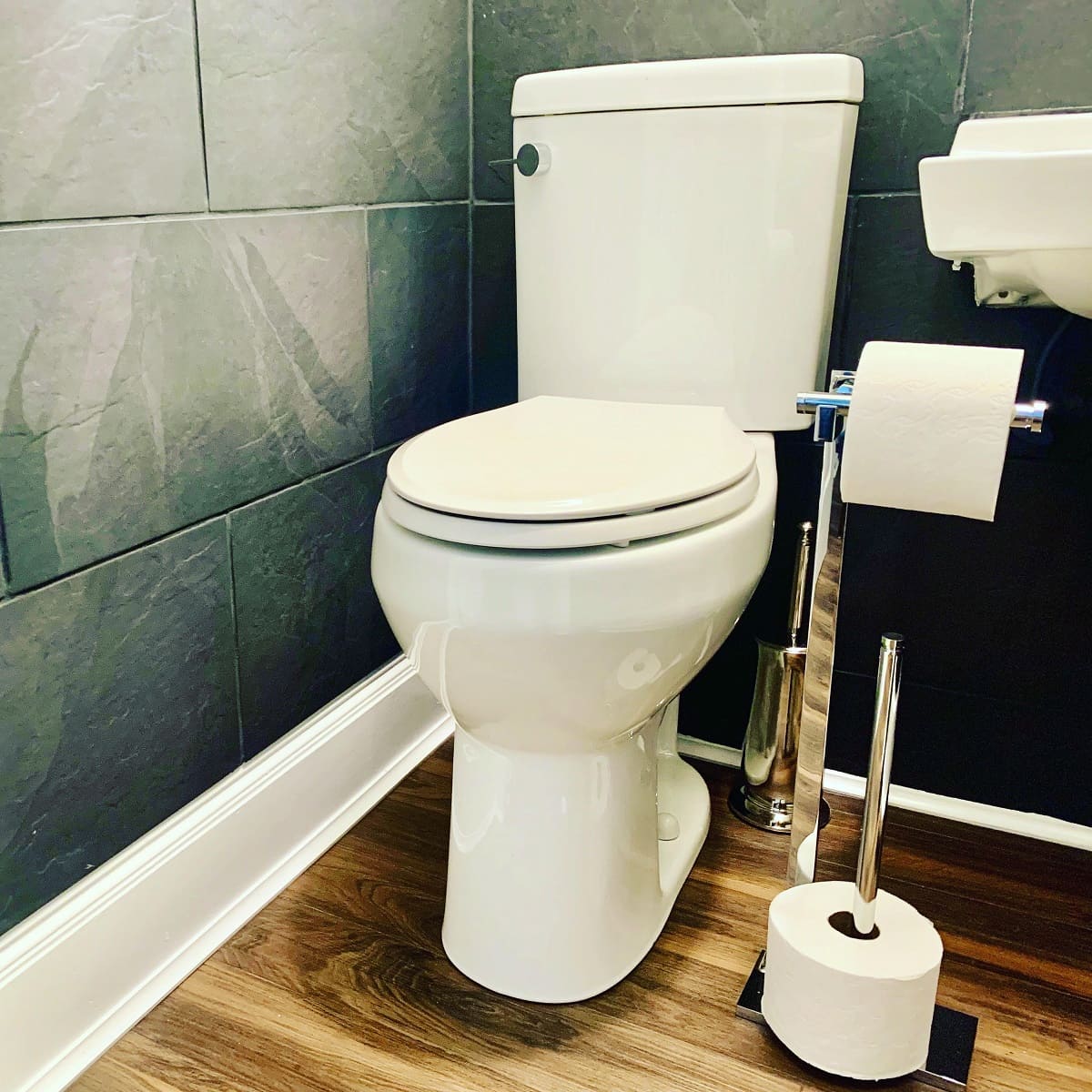
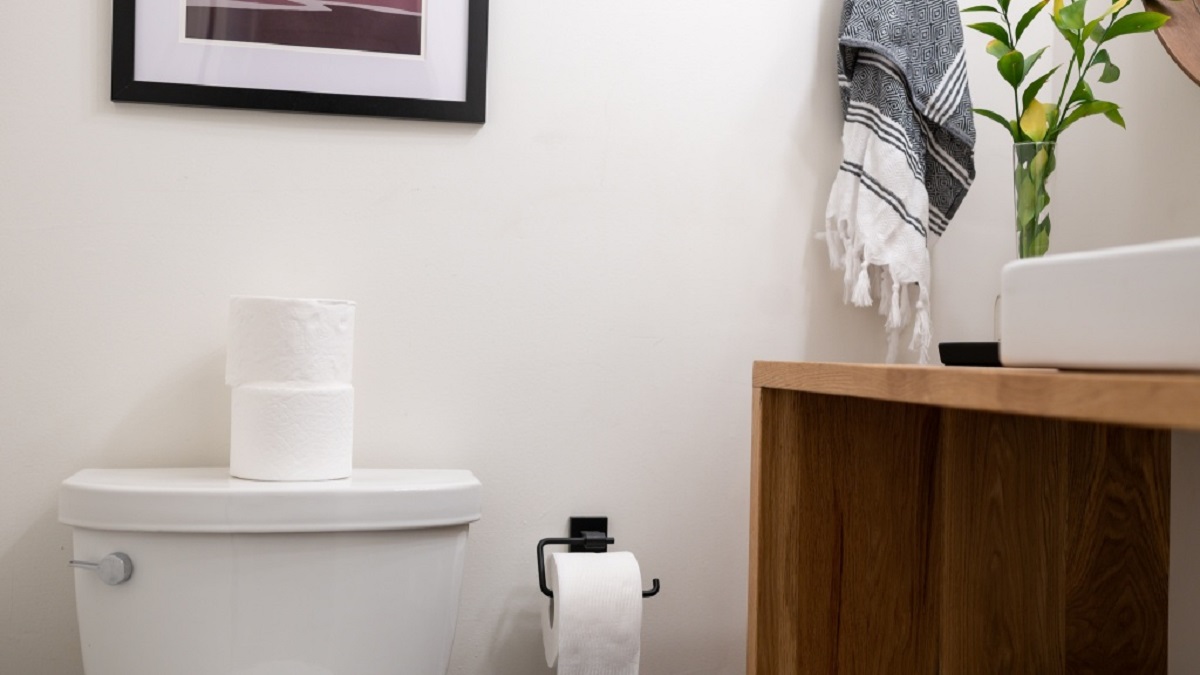
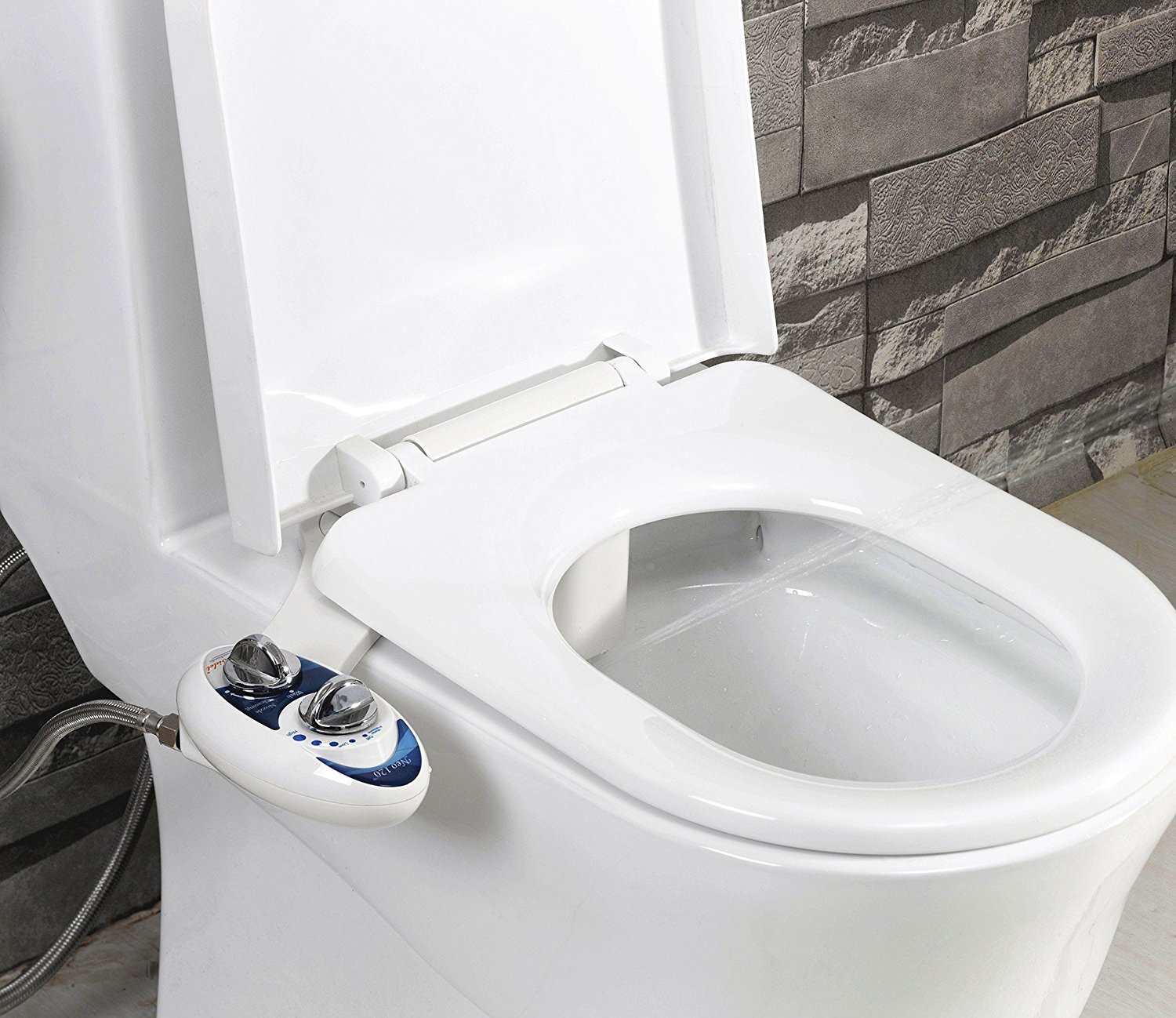
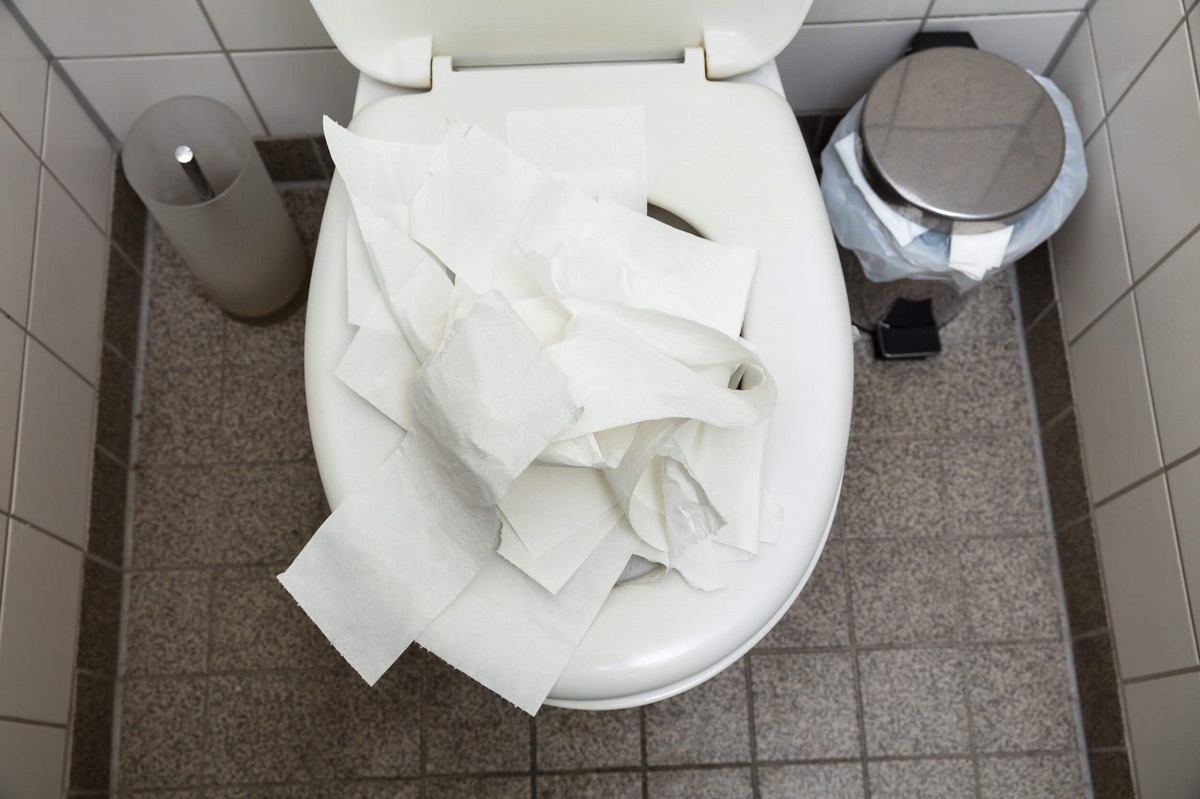
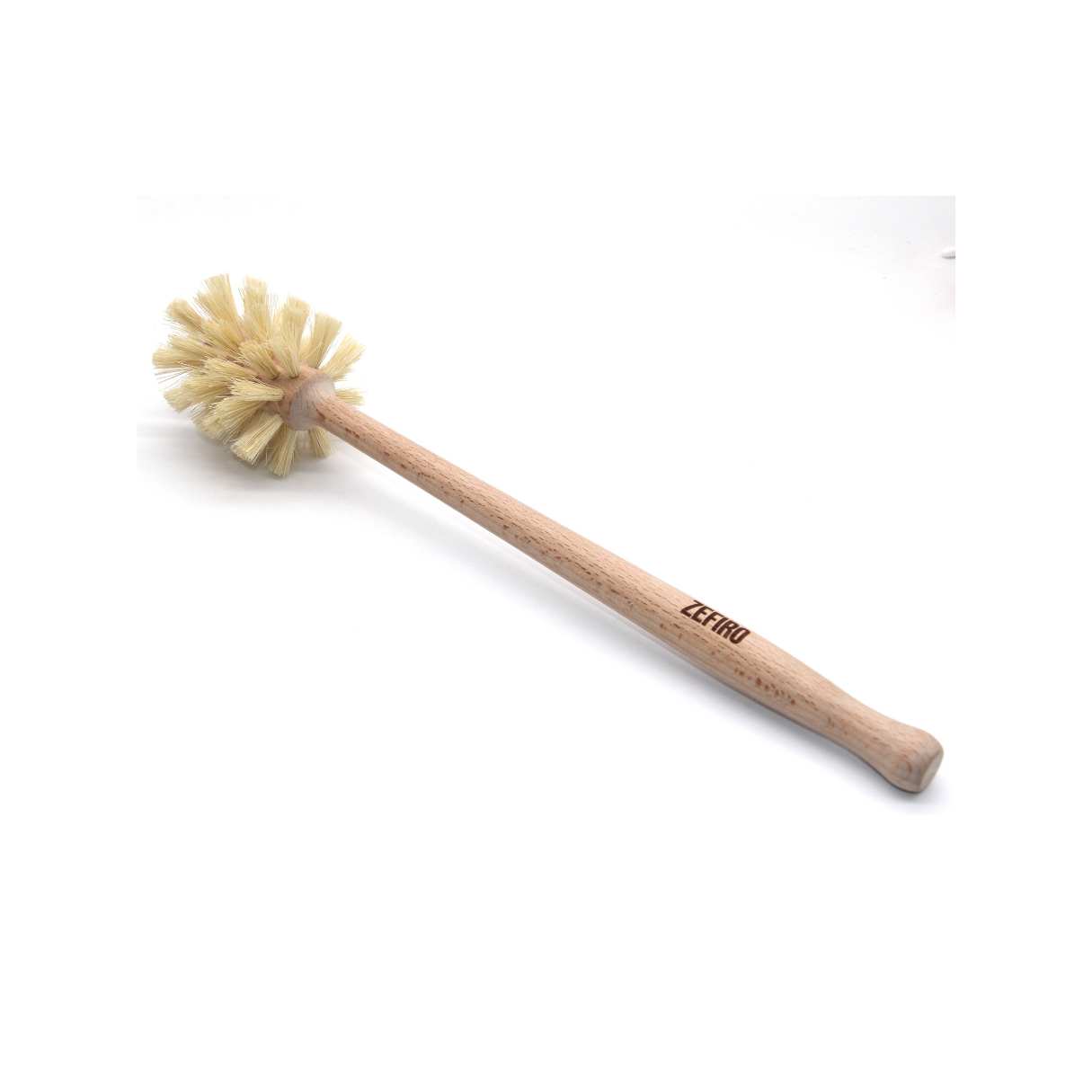
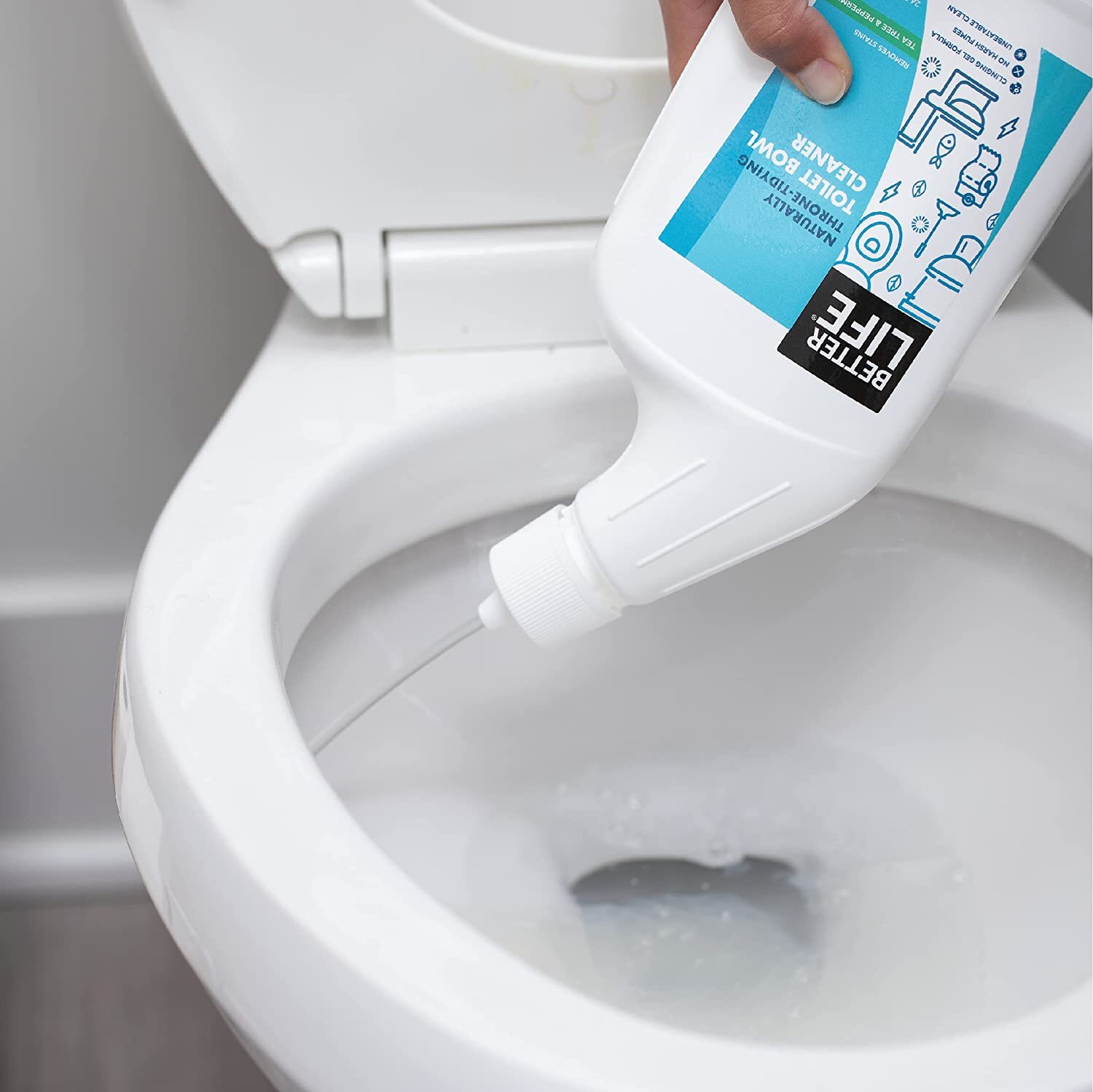
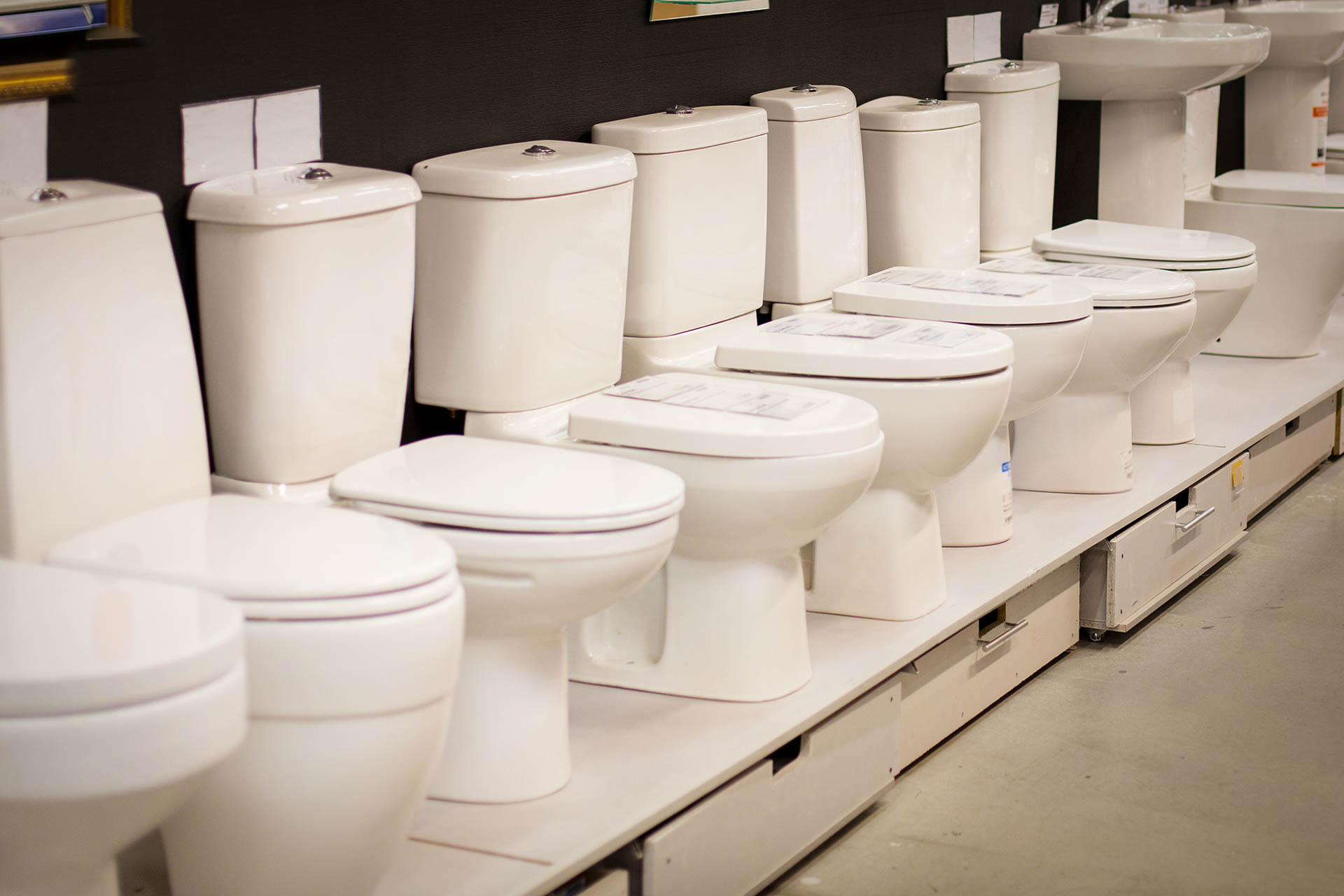
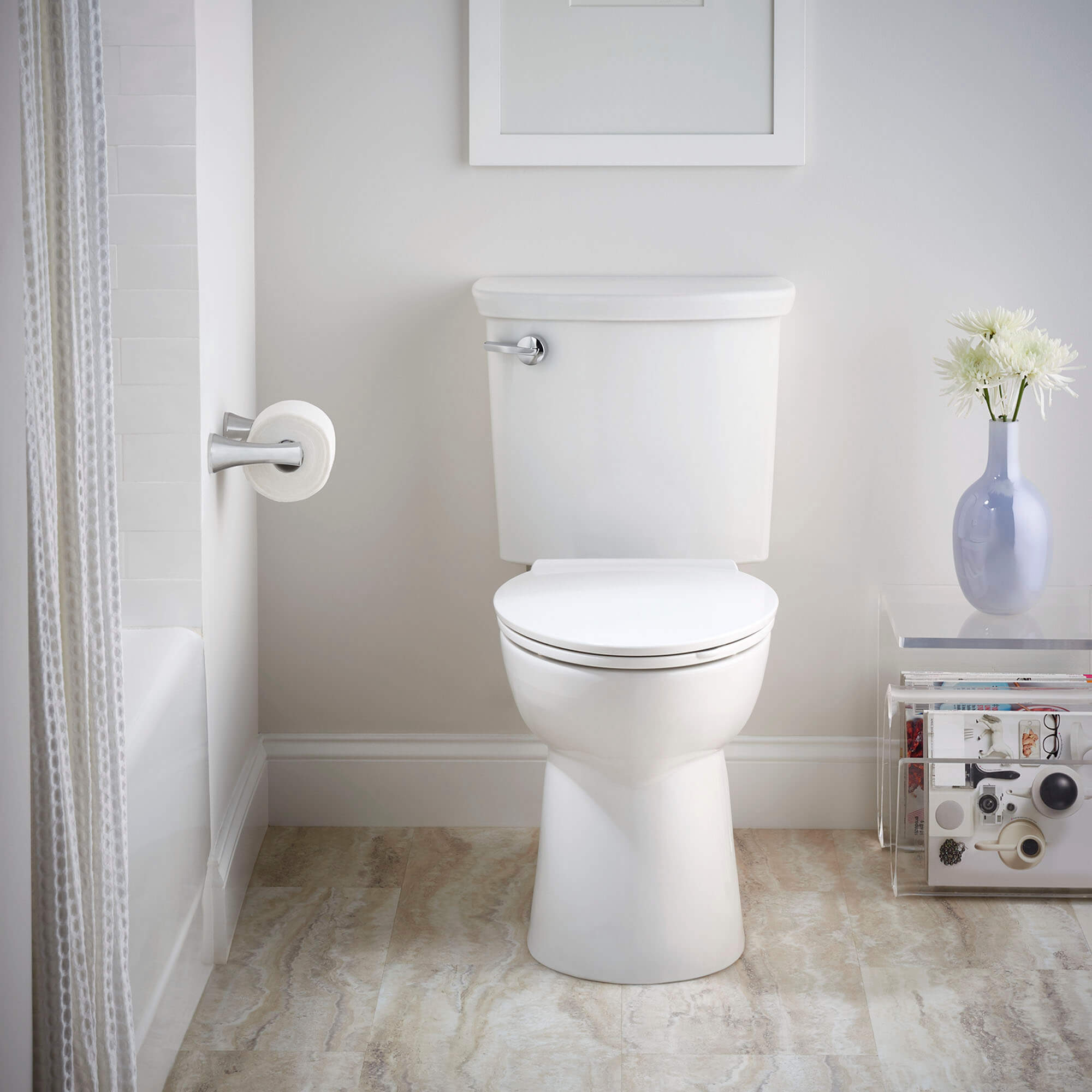
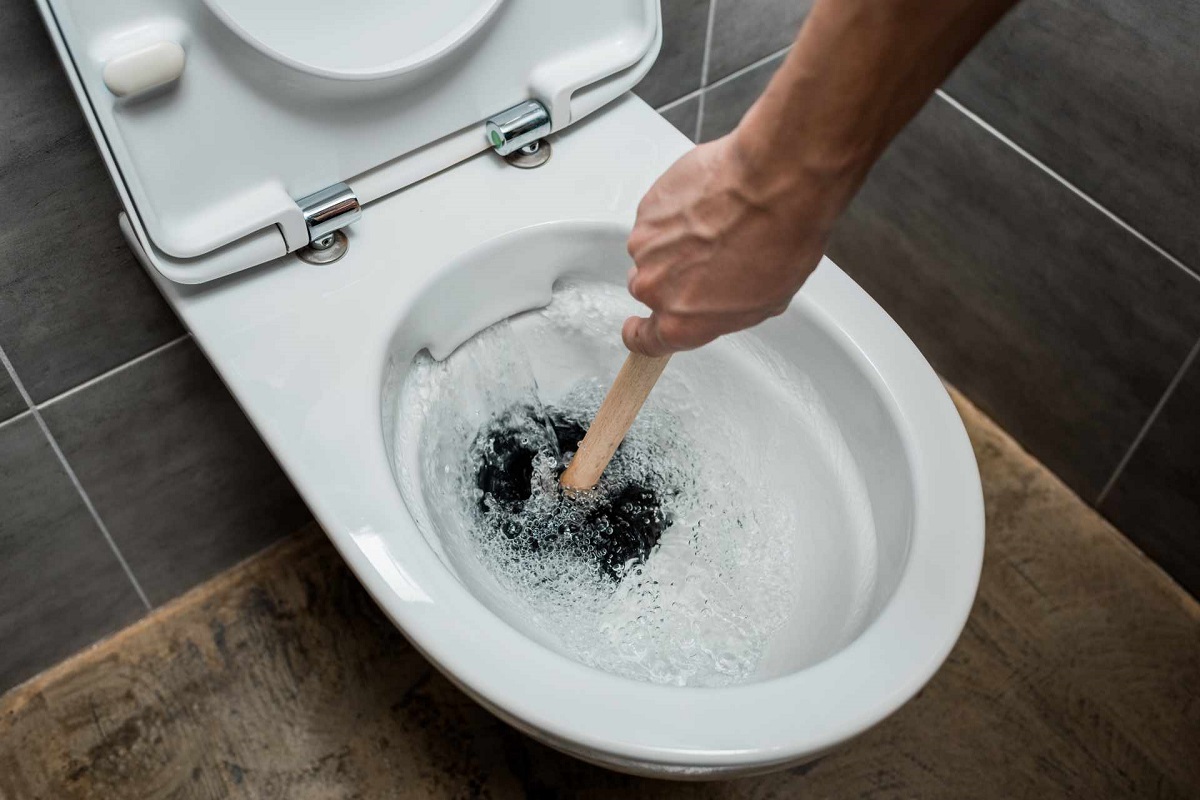
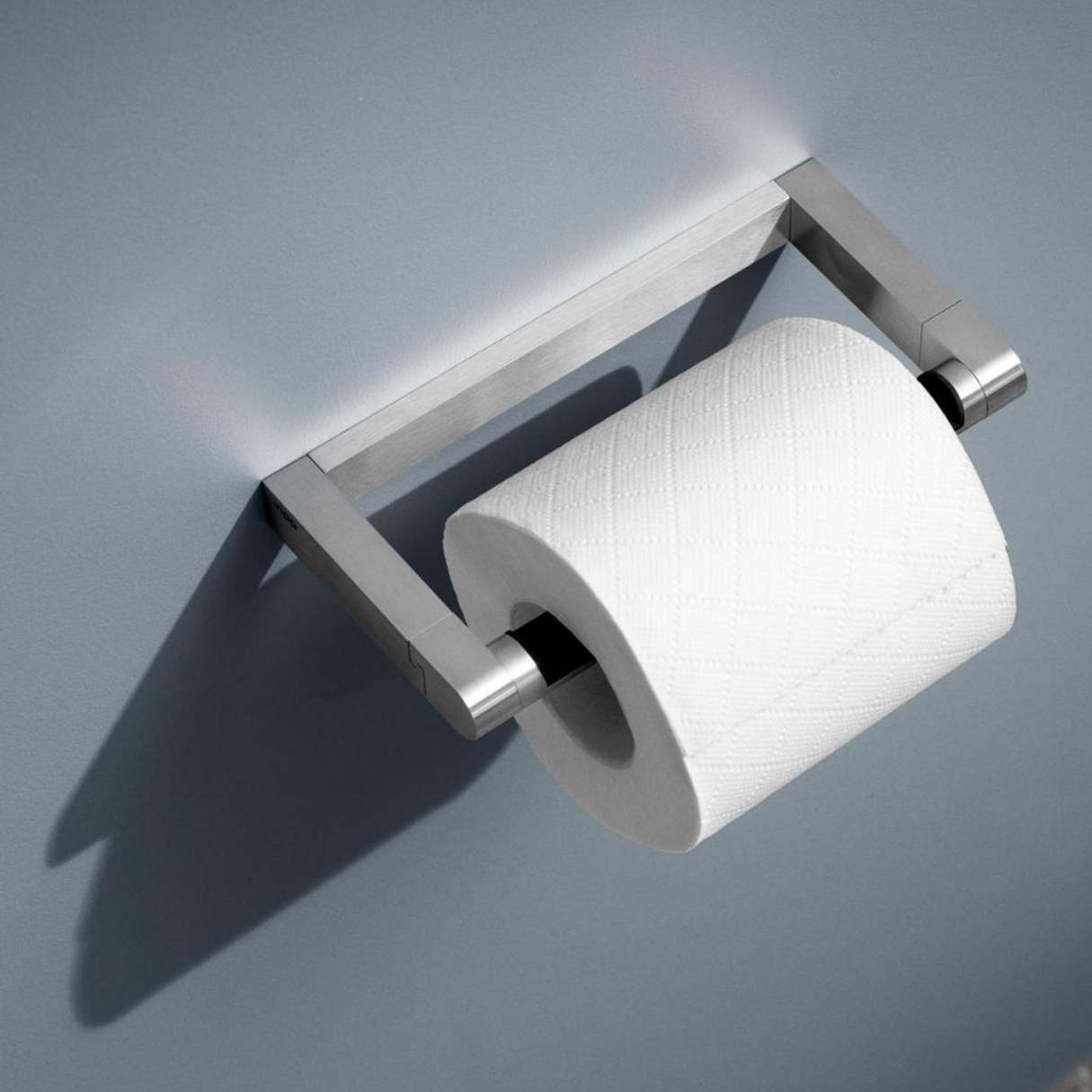
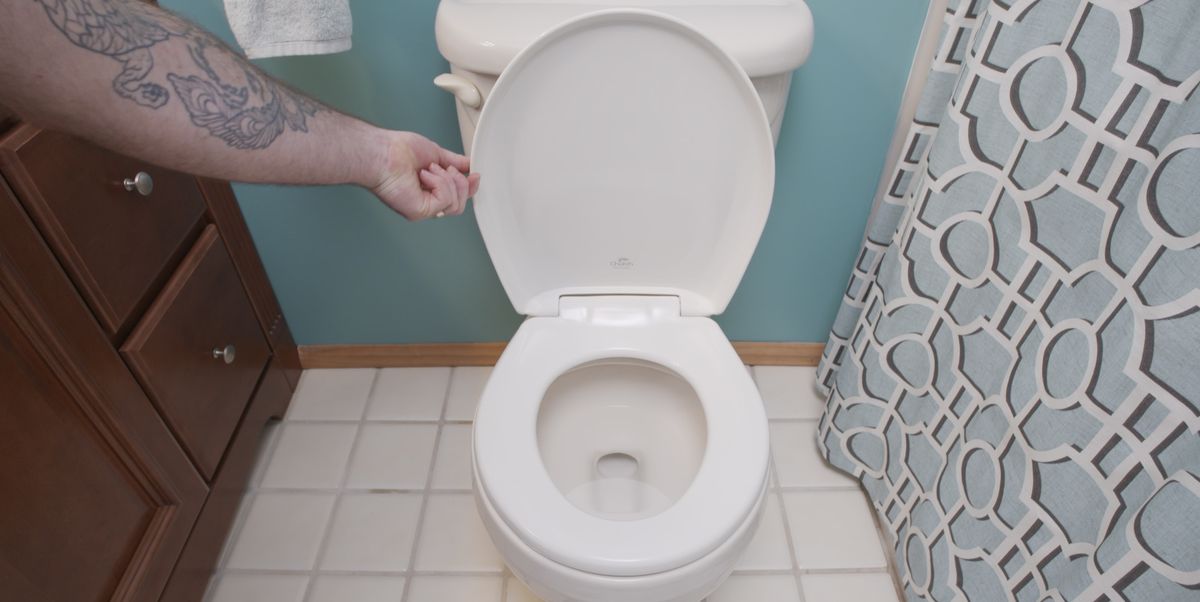
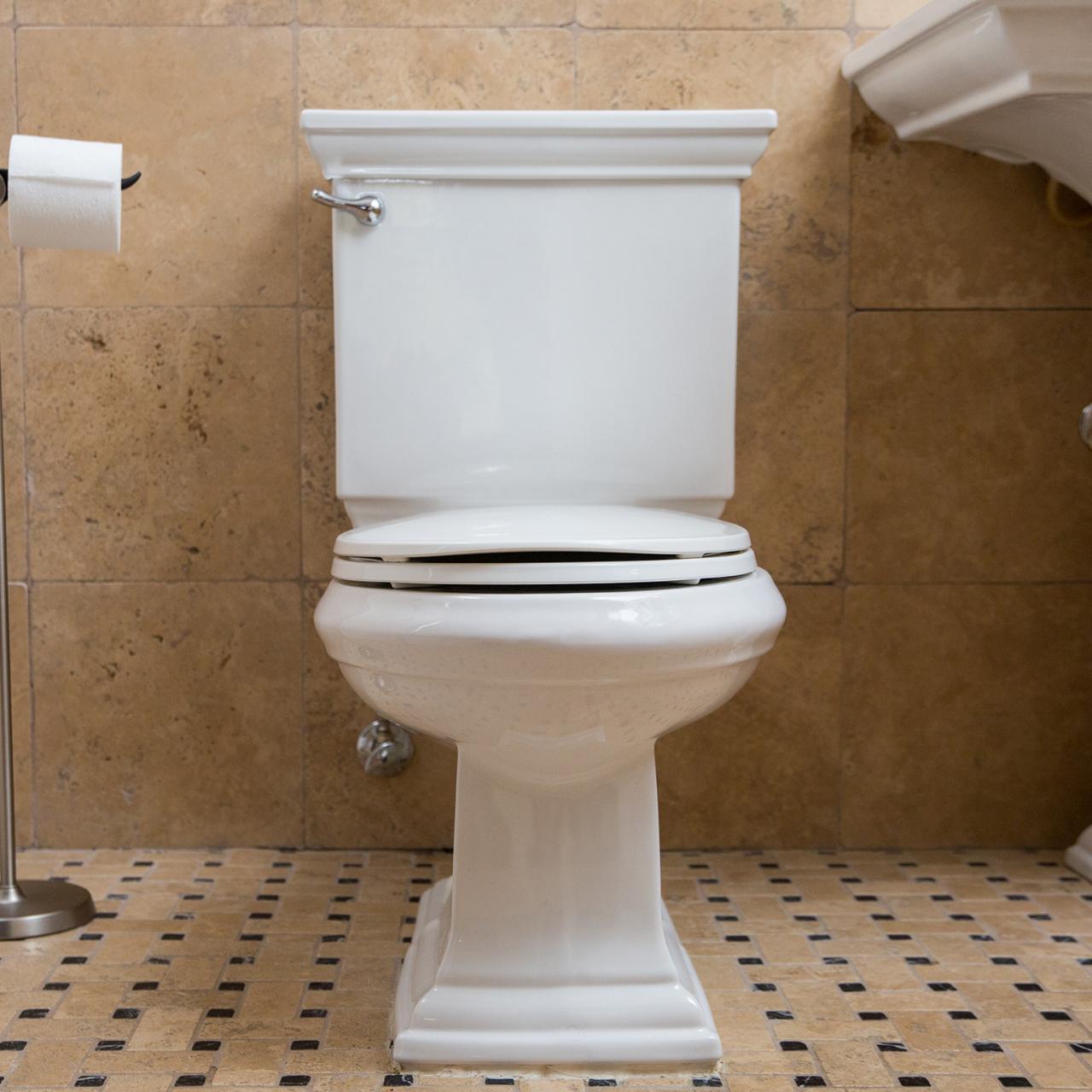
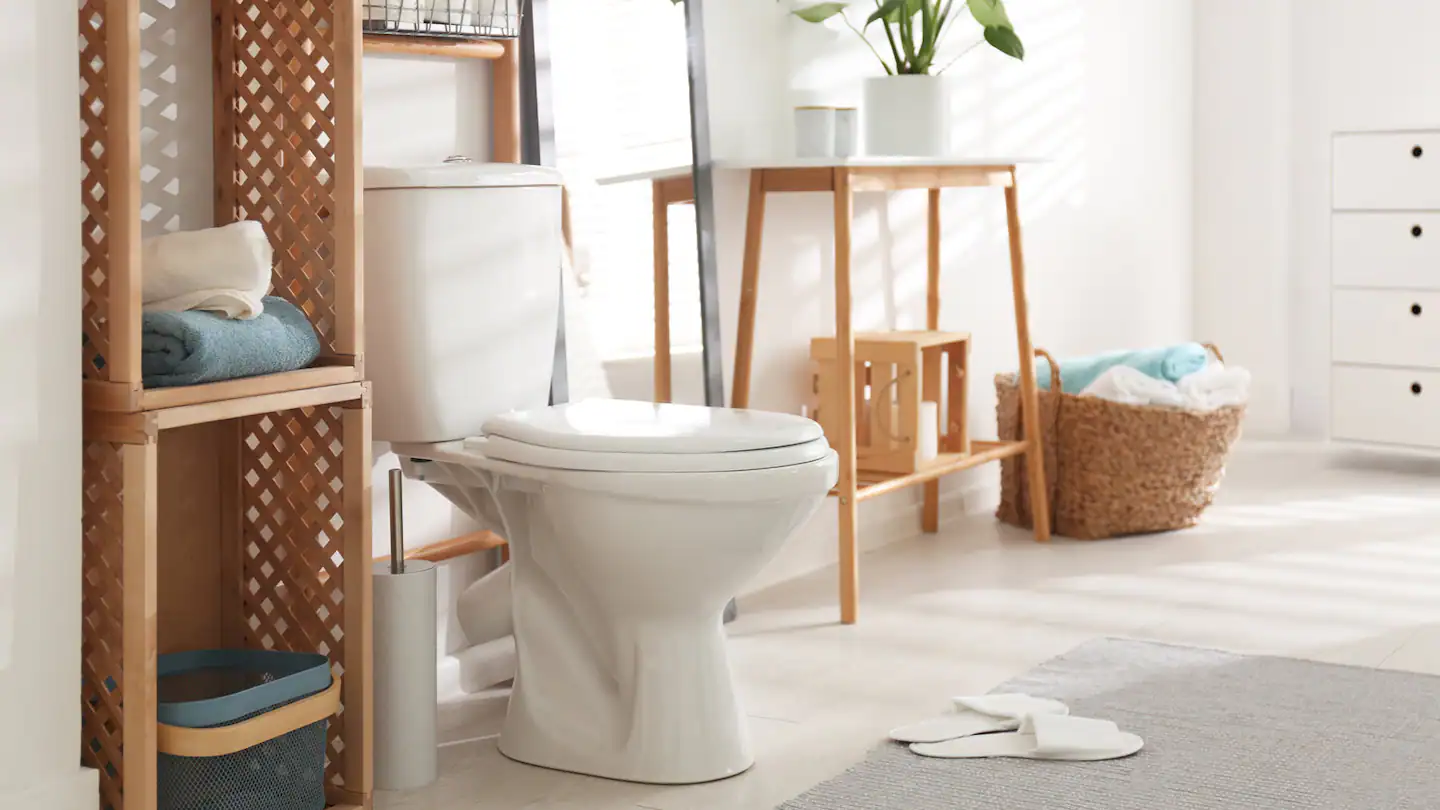

0 thoughts on “What Is Watersense Toilet”